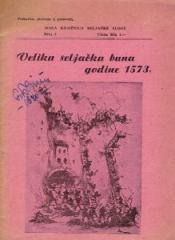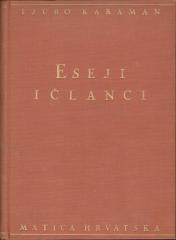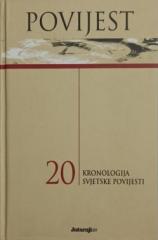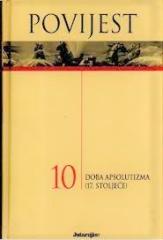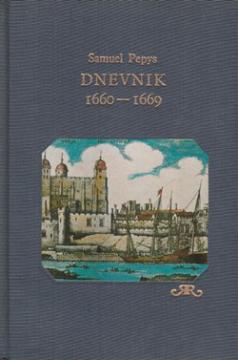
Dnevnik 1660-1669: izbor
Pepys gives us a faithful picture of the social life of his time without forgetting the great historical events and political turmoil of that time.
Pepys made his living as an administrator: he worked for the British government managing, more or less, the accounts of the Navy, rising through the ranks to become Secretary of the Admiralty (the body that commands the British Navy). He knew the classics and mathematics, he sang, played and composed, loved books (his carefully cataloged library has over 3,000 volumes), suffered from remorse and urinary stones, cheated on his wife, bothered and schemed at work, experienced the restoration of the monarchy, The Great Plague in 1665, the Great Fire of London in 1666, the Second Anglo-Dutch War in 1665-1667, was a member of Parliament and the Royal Society in London for the Advancement of Natural Science (Royal Society for short), etc. etc.
We know all this primarily because Samuel Pepys kept a diary.
He wrote it from 1660 to 1669; the diary comprises six volumes, subsequently neatly transcribed and bound, cataloged as part of his library, and written in one of the shorthand systems of the time (when it was first published, in 1825, it was thought to be a coded letter). Pepys recorded everything that made up his daily life, public and private, for ten years. He did it honestly and openly - as it already happens in diaries, both in terms of piquantery and in terms of banality. All this made Pepys's diary one of the most important primary historical sources for the Restoration era in England.
No copies available
The last copy was sold recently.
